
Verveine de Buenos Aires Verbena bonariensis Une grande vivace légère
The Patagonian verbena owes its botanical species name 'bonariensis' to the fact that it was first discovered by Europeans in the Argentine capital Buenos Aires. For this reason it is often also called Argentine verbena. Like all verbenas, Verbena bonariensis belongs to the vervain family (Verbenaceae).
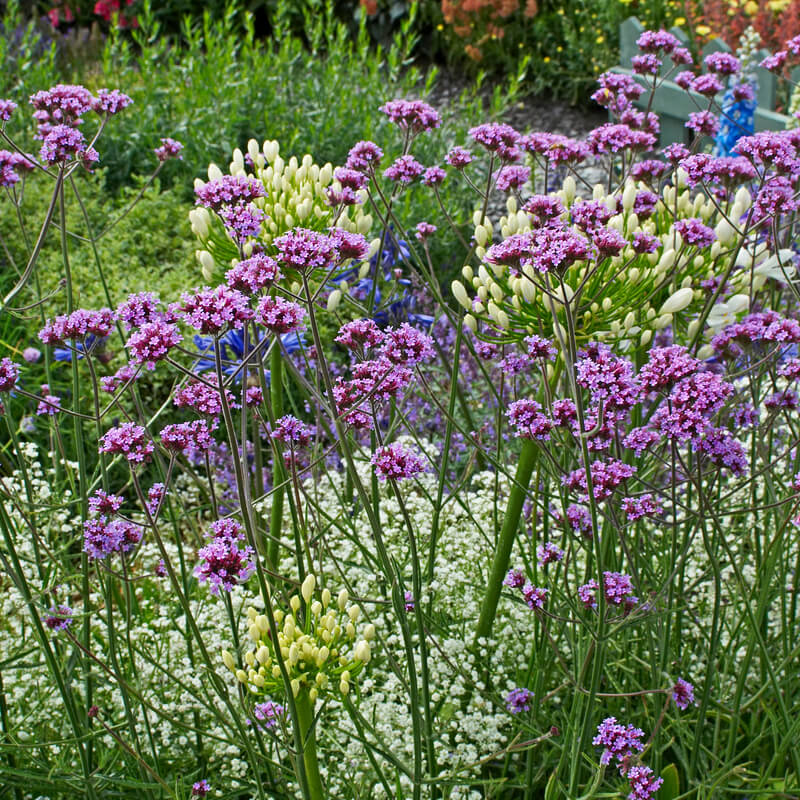
Plantas de Verbena de Buenos Aires VERBENA BONARIENSIS T.O.G
Gustavo Zerbino es un exjugador de rugby, empresario y conferencista uruguayo conocido sobre todo por ser uno de los 16 sobrevivientes del accidente aéreo que tuvo lugar en la zona de los Andes.

Verbena bonariensis 'Buenos Aires', Verbena 'Buenos Aires' in GardenTags plant encyclopedia
It is native to Argentina and Brazil. Bonariensis refers to the Argentinian capital, Buenos Aires. It is also known as Purpletop and Purpletop Vervain. Verbena bonariensis was first grown in England in 1726 when James and William Sherard received seeds from Argentina. It was spread to the US, Australia and South Africa by English colonists.

Verveine de Buenos Aires Verbena bonariensis Une grande vivace légère
Argentinian Vervain, Tall Verbena: Scientific Name: Verbena Bonariensis: Plant Family: Verbenaceae: Origin: Native to South America: Height: This is a tall perennial, suitable for the middle or back of the border and reaching a height of up to 1.5 metres (5 feet) Light: This plant prefers warm and sunny conditions but will tolerate semi shade.
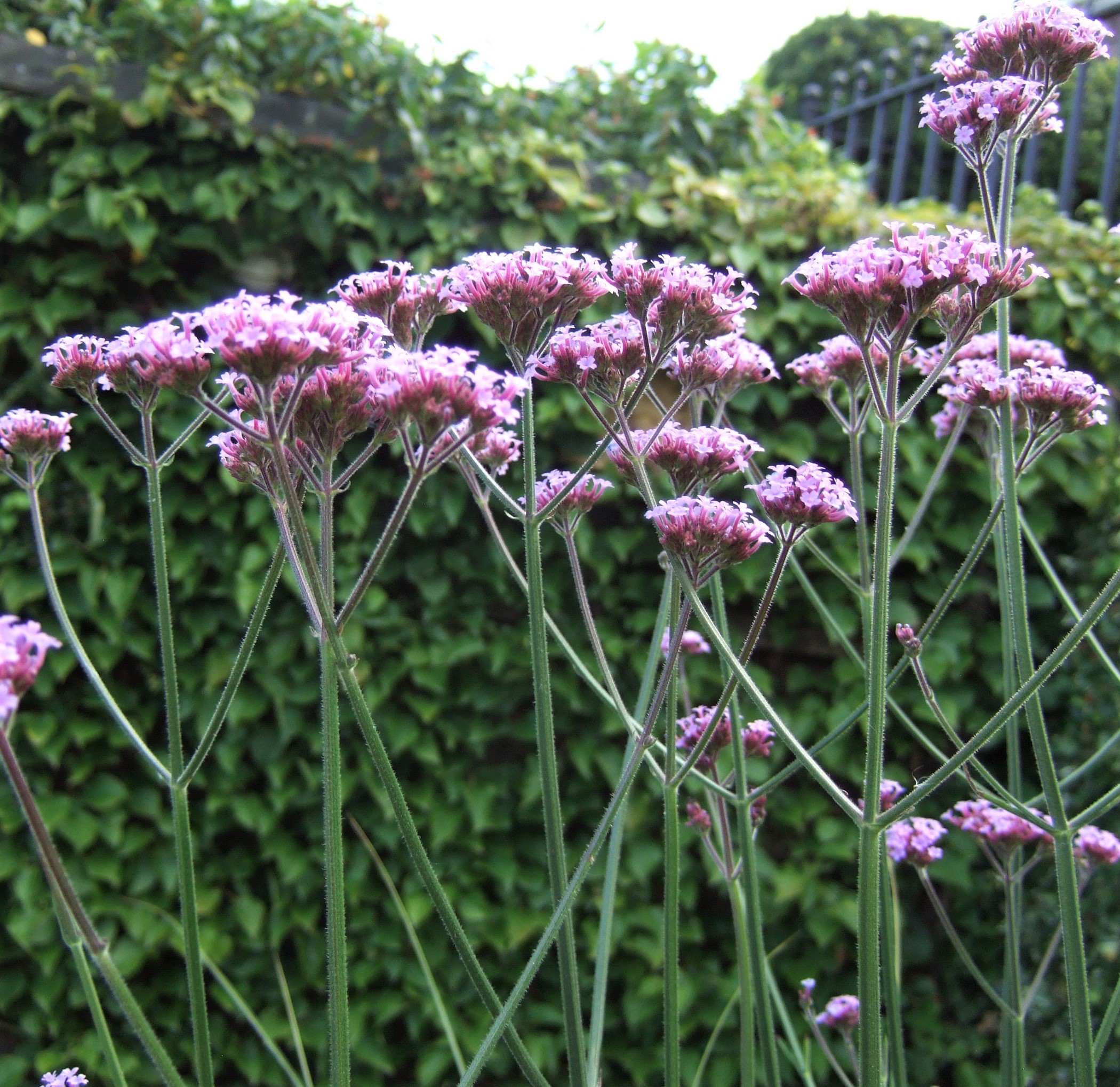
Verbena bonariensis 'Buenos Aires' Proctors Nursery
Verbena plants, also called vervain, are commonly grown as annual hybrid flower bed plants and low trailers with dark green elongated leaves with toothed edges. They only grow as hardy perennials, coming back year after year, in zones 8 to 11. Their colorful flowers continuously bloom from spring to fall and grow best with eight to ten hours of full sun, moderately moist, well-drained soil.

Verveine de BuenosAires, Verbena bonariensis planter, cultiver, multiplier
Noteworthy Characteristics. Verbena bonariensis, commonly called Brazilian vervain, is a rapid-growing, clump-forming tender perennial.In St. Louis, plants typically form a 1-foot tall basal clump of serrate, lance-shaped, dark green leaves (to 5" long) from which rise erect, slender, wiry, branching, sparsely-leaved, 4-angled stems to 3.5' tall bearing clusters (to 2" across) of tiny.
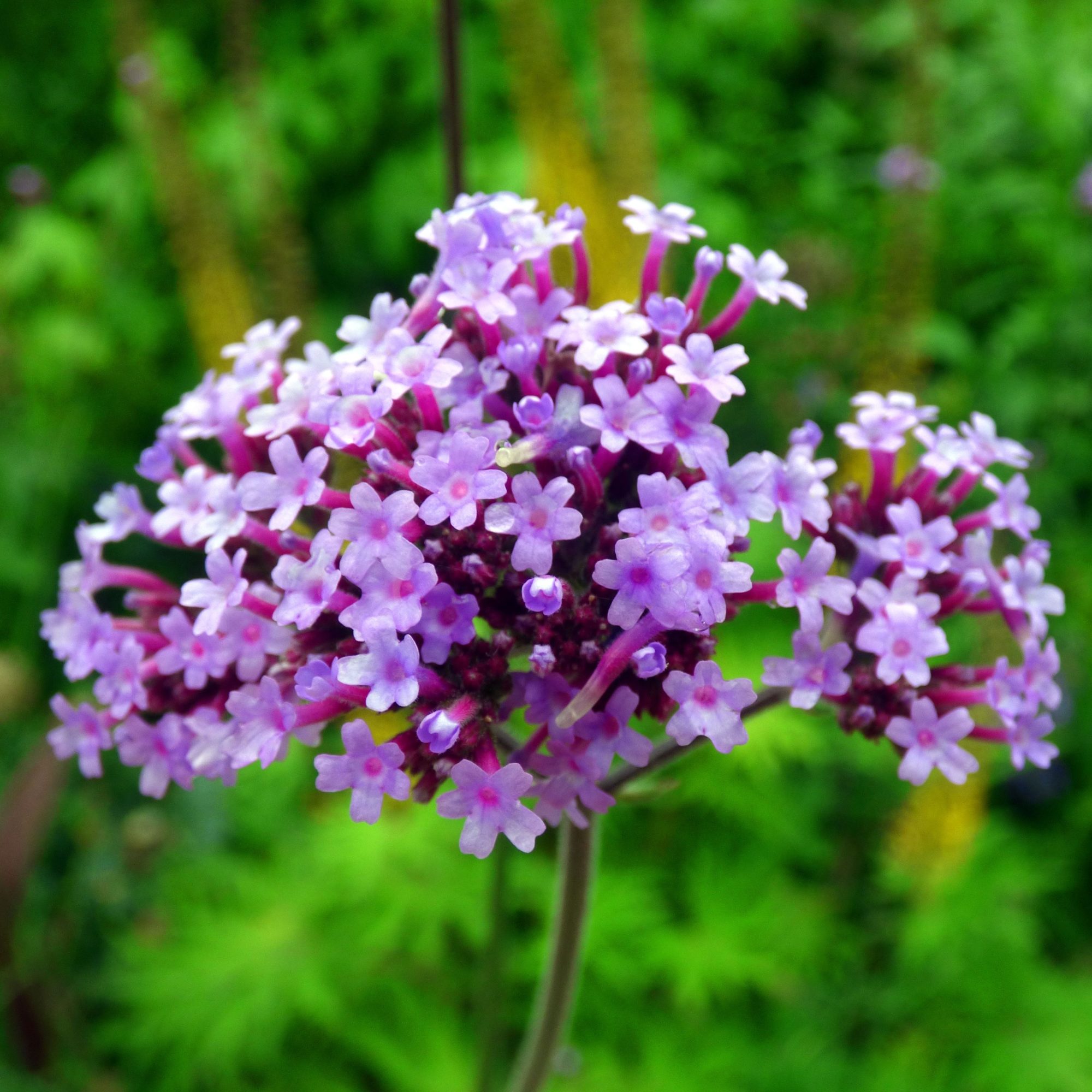
Verveine de Buenos Aires VERBENA bonariensis "Violetta" Fleurir son jardin
Full Sun to Partial Shade. Water Preferences: Mesic. Minimum cold hardiness: Zone 7a -17.8 °C (0 °F) to -15 °C (5 °F) Maximum recommended zone: Zone 9b. Plant Height: 12 to 24 inches, to 48 inches when in flower.

Verveine de Buenos Aires Verbena bonariensis Une grande vivace légère
2 Reviews. Just £29.99. ADD TO BASKET. Description. Verbena 'Buenos Aires' features tightly clustered, rich purple florets which sit atop long stalks in a typically striking verbena bonariensis style. The long lasting blooms of the stunning variety are guaranteed to attract clouds of bees and butterflies into your garden. Height: 120cm (48").
.JPG)
Plantes Vivaces VERBENA bonariensis 'Lollipop' ® Verveine Verveine de Buenos Aires en vente
V. bonariensis is native to Brazil and Argentina (the specific name is after Buenos Aires). They were first grown as a garden ornamental in 1726 by Englishmen James & William Sherard, who got the seeds from a dried specimen sent back to England from Buenos Aires. This plant is perennial in zones 7 to11 and is grown as an annual in cooler climates.

Verveine de Buenos Aires (Verbena bonariensis) Le jardin des vielajoie
Verbena bonariensis, the purpletop vervain, clustertop vervain, Argentinian vervain, tall verbena or pretty verbena, is a member of the verbena family cultivated as a flowering annual or herbaceous perennial plant.In USA horticulture, it is also known by the ambiguous names purpletop (also used for the grass Tridens flavus) and South American vervain (which can mean any of the numerous species.

Verveine de Buenos Aires Verbena bonariensis Une grande vivace légère
Fast grower to 3-6 ft high (90-180 cm) and 1-3 ft. wide (30-90 cm) Its airy, see-through habits promote its planting anywhere in the mixed borders. It grows best in full sun or light shade in average, moist, and well-drained soils. Drought, deer, and rabbit tolerant. Great in mass plantings, beds, and borders or as cut flowers.
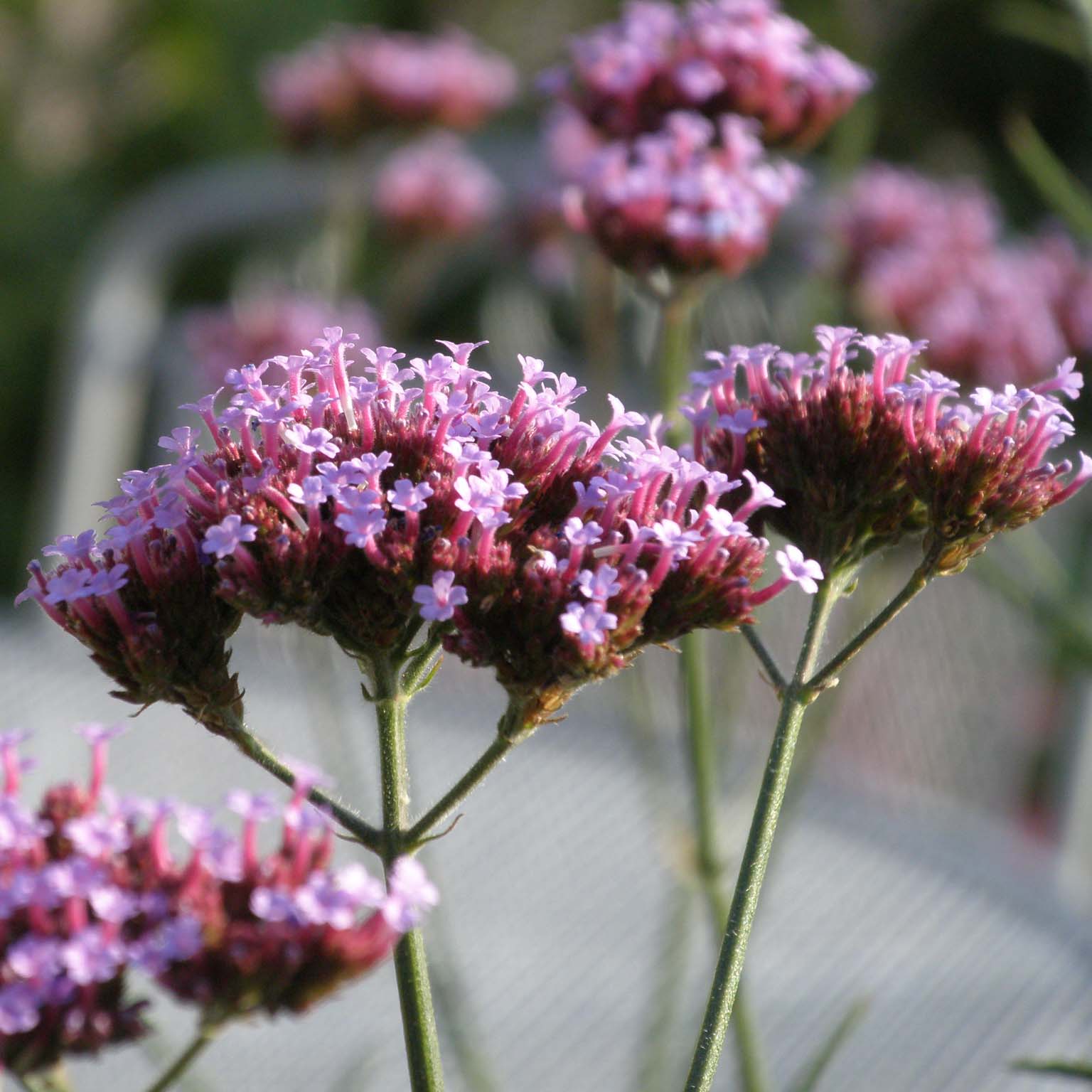
Verveine de Buenos Aires Lollipop Verbena bonariensis Une variété naine
This Brazilian vervain (Verbena bonariensis 'Buenos Aires'), a nonhardy perennial, differs from the straight species by having larger lavender-lilac flowers on shorter flowering stems.The plants reach close to 3 feet in height by the end of the growing season in Chicago-area gardens. Their honey-like fragrance is a powerful attractant for pollinating insects and hummingbirds.
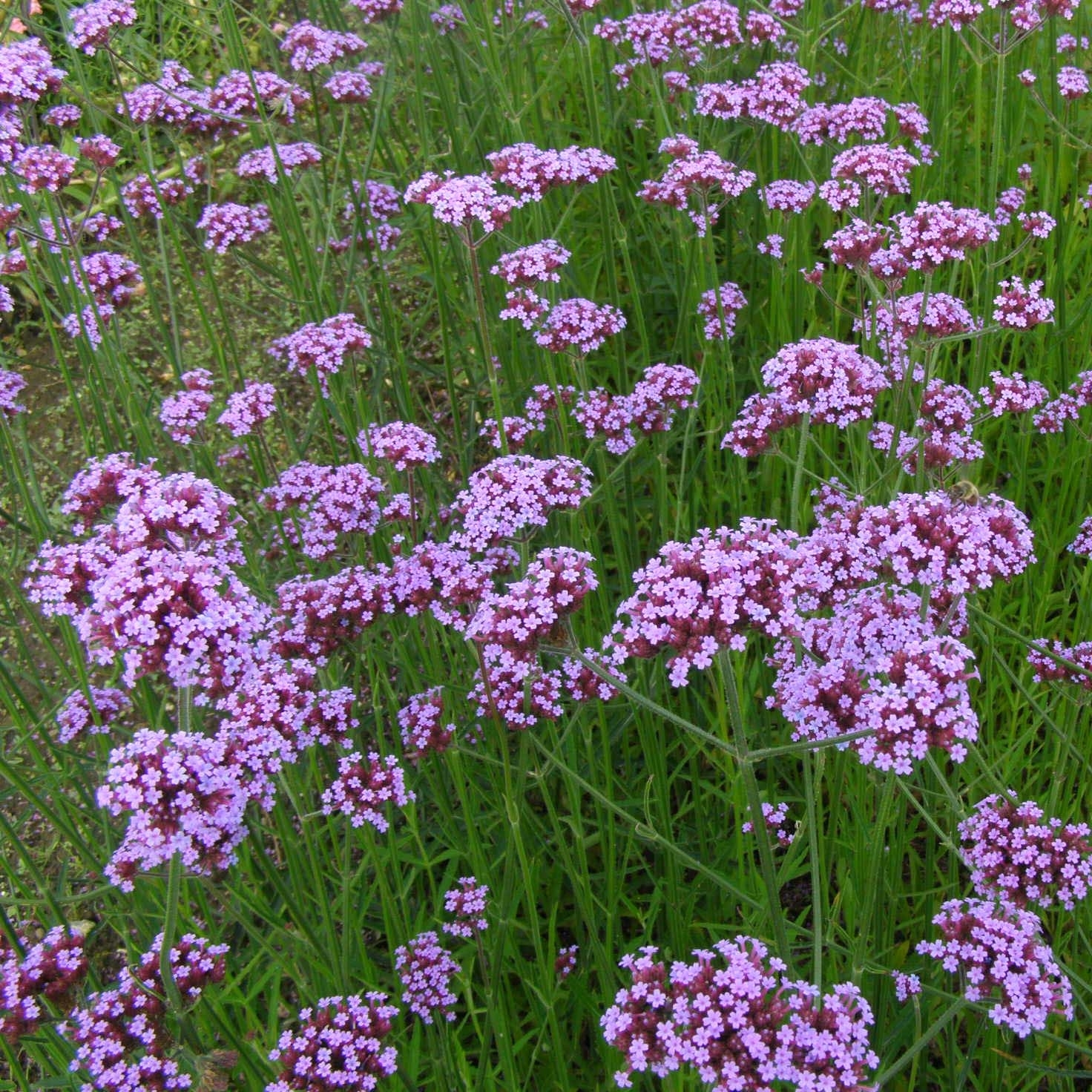
Verveine de Buenos Aires Verbena bonariensis Une grande vivace légère
La verbena de Buenos Aires ( Verbena bonariensis ), de la familia de las Verbenáceas, es originaria de Brasil y Argentina. Se considera una mala hierba en su país de origen, donde es invasiva. Son plantas herbáceas perennes, que a menudo se cultivan como anual por su rápido crecimiento y su resistencia media.
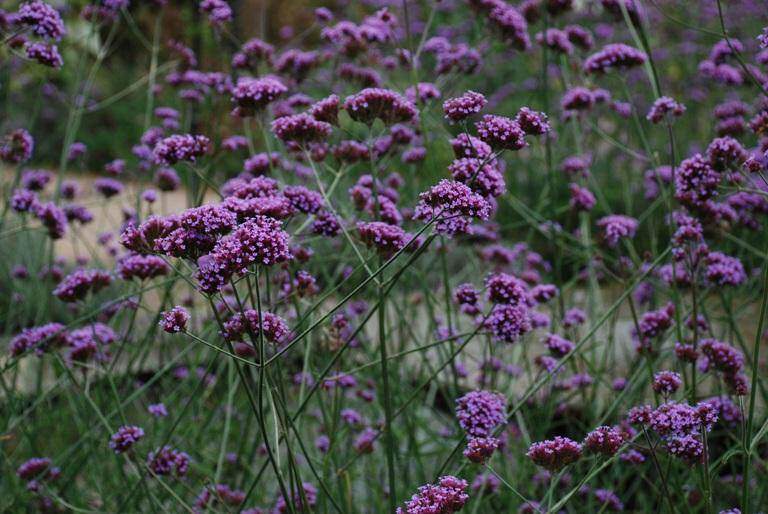
VERBENA bonariensis Verveine de Buenos Aires Vivace
Alerta por tormentas en ocho provincias y la Ciudad de Buenos Aires. Redacción Clarín. 0; 07/01/2024 10:37 / Actualizado al 07/01/2024 13:27.

Verbena bonariensis 'Buenos Aires', Verbena 'Buenos Aires' in GardenTags plant encyclopedia
Verbena 'Buenos Aires' is a shorter variety of the ever-popular Verbena bonariensis, with upright stems bearing umbels of purple flowers all through summer and into autumn. It adds an airy feel to borders, with less need for staking and support than Verbena bonariensis, and the flowers are great for bees and other pollinators..
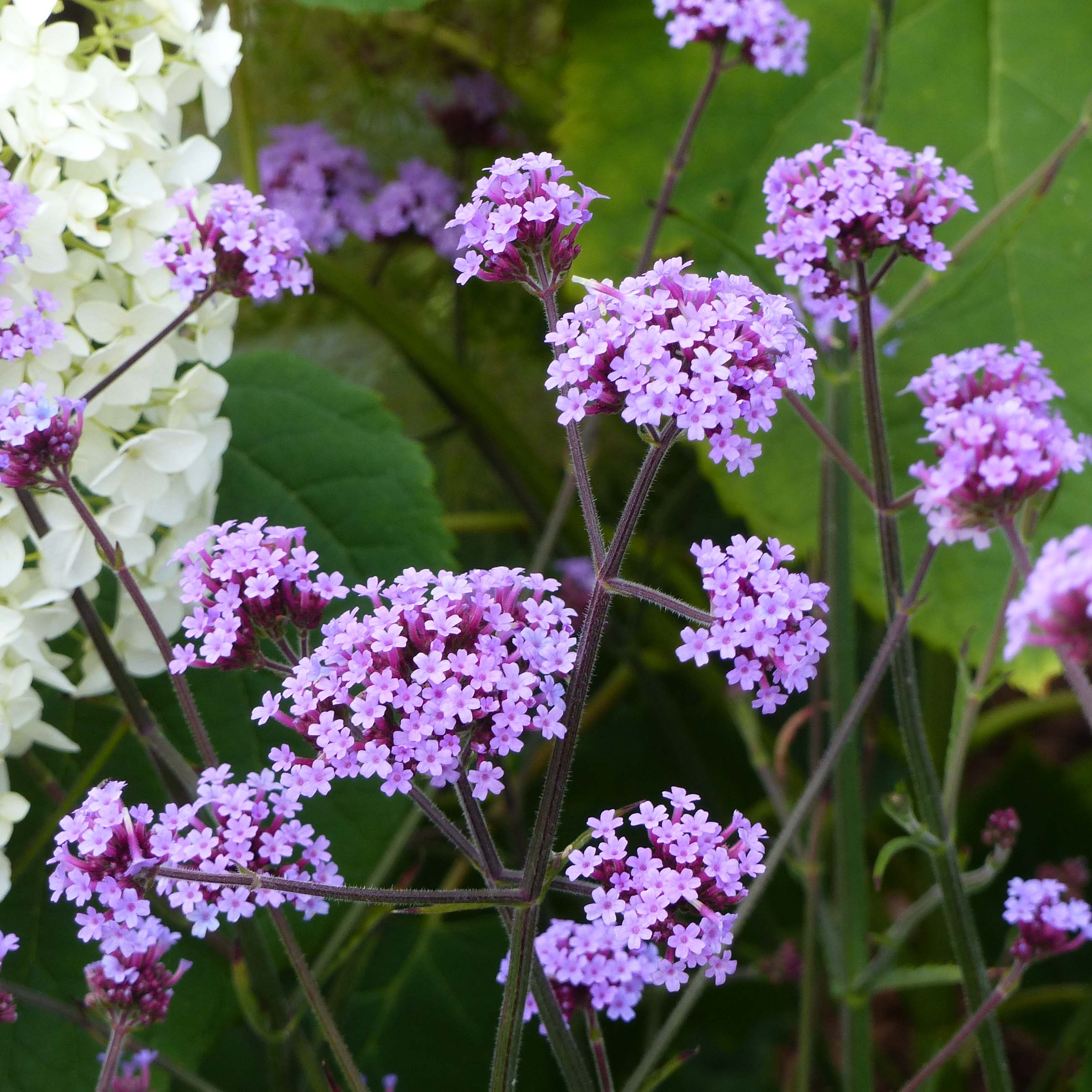
Verveine de Buenos Aires Verbena bonariensis Une grande vivace légère
La verveine de Buenos Aires : Nom latin : Verbena bonariensis Nom commun : Verveine de Buenos Aires Famille : Verbénacées Type : Vivace, cultivée comme annuelle ou bisannuelle Port : Diffus, touffe dressée Hauteur : 1 m à 1,20 m Exposition : Ensoleillée Sol : Tout type, mais bien drainé Floraison : De juillet à octobre